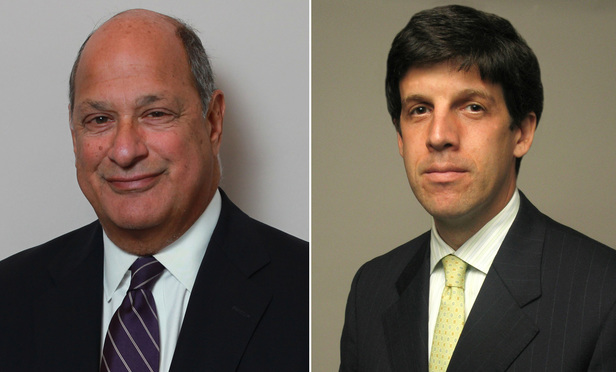You meet with a new client, a finance manager of his church. He is being investigated for embezzlement—or is afraid he will be—by law enforcement. As you look at the issue, you become concerned that your client—and his supposed cohort, the church treasurer—may have had a meretricious relationship, which might lend credence to the investigation. But your client tells you that is simply not the case.
Your client leaves the office, and you turn to your computer. Don’t we all Google everyone these days? Your client’s social media page has no security protections, and you start looking around. His background and history look right, nothing unusual about his friends or contacts—the treasurer is one of them, but that is not uncommon these days. Then you begin to look through his photos, and there they are. He and the treasurer raising champagne glasses at Arthur Ashe stadium; smiling at a charity gala; at a business event, animatedly talking; even out to dinner with their spouses. These photos are not inconsistent with them being mere acquaintances—but what of the optics. You, as counsel, begin to visualize what these will look like at a trial if there is a prosecution. Or forget trial—what will they look like when the local media gets ahold of them in advance of trial!
This content has been archived. It is available through our partners, LexisNexis® and Bloomberg Law.
To view this content, please continue to their sites.
Not a Lexis Subscriber?
Subscribe Now
Not a Bloomberg Law Subscriber?
Subscribe Now
LexisNexis® and Bloomberg Law are third party online distributors of the broad collection of current and archived versions of ALM's legal news publications. LexisNexis® and Bloomberg Law customers are able to access and use ALM's content, including content from the National Law Journal, The American Lawyer, Legaltech News, The New York Law Journal, and Corporate Counsel, as well as other sources of legal information.
For questions call 1-877-256-2472 or contact us at [email protected]



